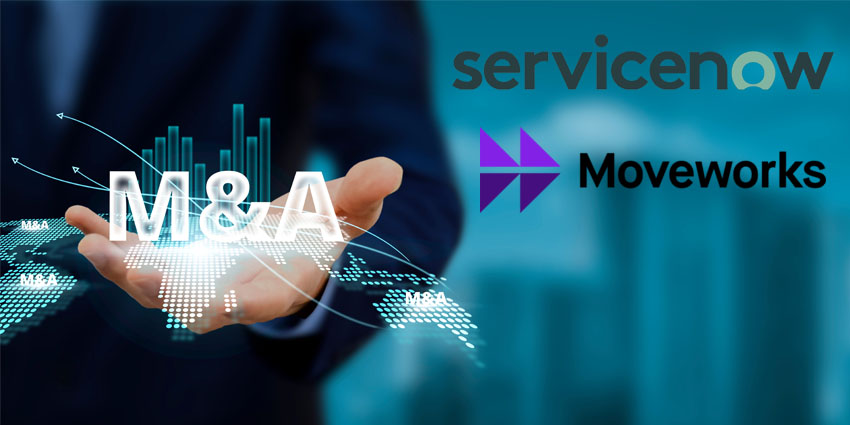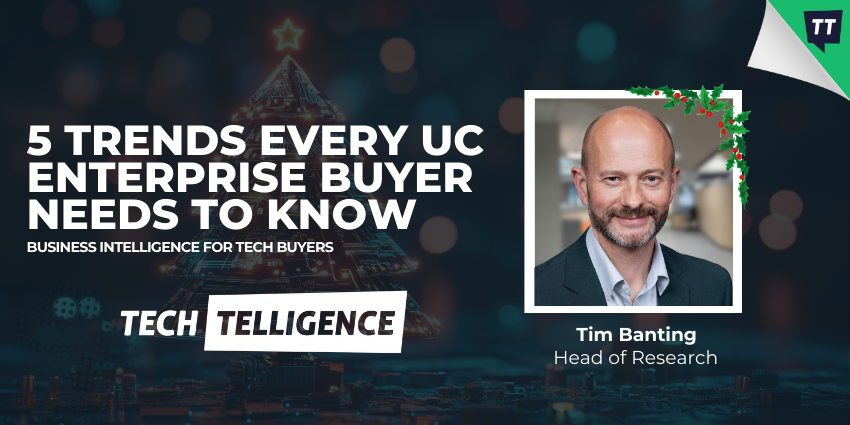Here’s a number worth pausing on – $8.9 trillion. That’s how much productivity the world loses every year to disengaged employees. Yes, trillion with a “T.” Only one in five employees actually feel engaged at work, while sixty-two per cent are “quiet quitting” – physically present, mentally on flight mode. Among more than 1,000 hybrid organisations surveyed, just 23% of employees said they’re “very engaged,” and only 21% feel emotionally connected to their company’s purpose. Those numbers don’t just sting – they signal opportunity. If disengagement is the silent drain on performance, connected workspace platforms are the infrastructure that can turn it around.
Because disengagement doesn’t just hit output – it hits everything. Innovation, retention, customer experience. In B2B tech especially, when knowledge walks out the door, it takes your differentiation with it.
Engagement as an Operating System
Let’s be honest: we’ve been guilty of treating engagement like an HR side project. Something measured in surveys, not spreadsheets. That era’s over. Engagement now is ROI. Companies with highly engaged teams outperform peers by up to 25 % in profitability and generate twice the innovation output. When people feel seen and connected, they think bigger, work faster, and stay longer. it’s about how organisations function. Check out more on the ROI of employee engagement here.
From Connection to Conversion: Why Hybrid Work Needs Built-in Belonging
The old playbook was about morale. The new one’s about mechanics.
Hybrid and global teams don’t just need collaboration tools; they need belonging built into workflow – recognition, communication, and progress tracking all integrated into one digital rhythm. And the workforce is asking for it. Purpose, wellbeing, flexibility – these aren’t perks anymore, they’re expectations. Nearly nine in ten employees say meaningful work drives satisfaction, and 61 % would leave for better mental-health support.
The message is clear: when people connect with the why behind their work, performance follows.
As President & Principal Analyst of Metrigy, Irwin Lazar put it:
“Hybrid work isn’t just about where people sit – it’s about how they share information and feel connected to purpose”
When those moments of connection get lost between apps, culture quietly unravels. The question then arises for business leaders, as to how they design digital environments that sustain culture, clarity, and connection at scale.
This is where connected workspace platforms are changing the narrative.
What Are Connected Workspace Platforms?
How UC and EX Platforms Create Digital Flow
Microsoft’s 2024 Work Trend Index revealed that 68 % of employees feel drained by tool overload and app-switching. Every new platform risks becoming – in the words of more than one weary knowledge worker –“yet another thing to check.” That’s why connected workspace ecosystems are so powerful.
Lazar describes these ecosystems as:
“a single location from which employees can accomplish, communicate about, and manage their work.”
In practice, that means culture isn’t an after-workshop exercise – it happens in-flow, in the same spaces where teams create, comment, and celebrate wins. So, how do we actually build a connected ecosystem?
Modern unified-communications (UC) and employee-experience (EX) platforms are quietly redefining what connected work looks like:
Microsoft Viva:
- Brings learning, insights, and recognition into the flow of Teams. Pair it with Viva Engage, and storytelling appears in the same feed as project progress – turning company culture into part of the daily scroll.
Cisco Webex Control Hub:
- Blends collaboration data with sentiment analytics, helping leaders spot burnout before it spreads.
Zoom Workplace:
- Merges meetings, chat, and task management in one space, cutting “toggle time” – and frustration – dramatically.
Engagement Through Belonging – Connected Workspace Platforms
Gartner found that high-performing hybrid teams aren’t primarily defined by location but by intentional collaboration, driving a 3.1x likelihood of high intent to stay with the company, and 3.8x likelihood of high performance. Meanwhile, a global 10,000-employee organisation achieved 40–50 % efficiencies in application integration and management after deploying Azure Integration Services, unlocking nearly $900k in value over three years, according to Forrester’s Total Economic Impact study.
For CIOs, CHROs, and UC decision-makers, the lesson is clear:
Leaders don’t build culture in meetings – they build it in the digital corridors where people work every day.
Designing Culture by Collaboration
As enterprises enter 2026, the convergence of UC, Employee Experience, and analytics is setting a new benchmark. Collaboration suites are no longer back-office utilities; they’re front-line culture platforms.
Forward-looking organisations will:
- Invest in connected, collaborative digital workspaces that align communication, content, and community.
- Use analytics to measure engagement quality, not just quantity of logins or calls.
- Map digital culture touchpoints – identify where recognition, learning, and feedback naturally occur in tools.
Because when collaboration tools reflect company values, hybrid engagement stops being a management problem – and becomes a competitive advantage.
Ready to unlock engagement at scale?
Explore AI and Collaboration: The New Power Duo Transforming Employee Engagement – your 2026 UC guide to trust, purpose, and productivity.







